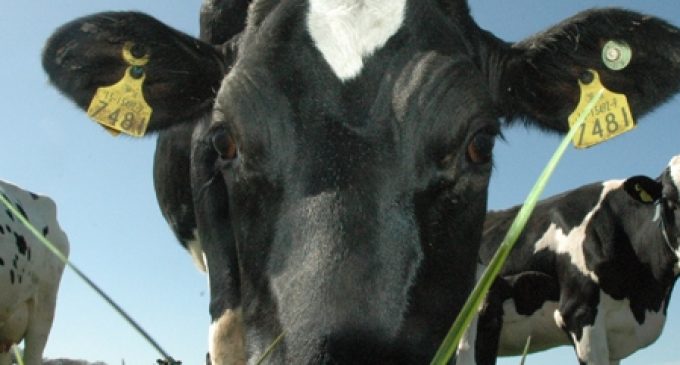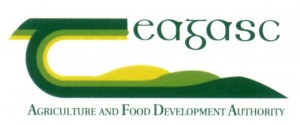Ireland Still One of the Lowest Cash Cost Producers of Milk Internationally

A detailed report and analysis of trends in the competitiveness of the main sectors in Irish agriculture has been published by Teagasc, as part of an international workshop on measuring international competitiveness and efficiency in agriculture. Profitability, costs of production, value of output and some partial productivity indicators (such as milk yield, stocking density, cereal yield, labour productivity) were examined in this study. The primary source of data used was the Farm Accountancy Data Network (FADN) published by the European Commission.
The analysis has once again reaffirmed the competitive advantage associated with the Irish dairy farm system in particular. Irish dairy farms continue to exhibit relatively low cash costs of production when we compare ourselves against key EU and international competitors. Dr Fiona Thorne, Teagasc economist and one of the co-authors of the report, says: “For recent years, cash cost in Ireland were one of the lowest amongst the key EU dairy producing regions, at €2.7 per kg of milk solids, which was substantially lower than countries such as the UK, France, the Netherlands, Germany and Denmark”. Dr Thorne went on to say “Our latest research shows that based on a total cost competitiveness index, we are finally beginning to see our total economic costs reduce in an international context, due to increases in scale.”
 In relation to the other main sectors in Irish agriculture, by using profitability as a leading indicator of competitive performance, Dr Thorne says: “The inter-EU analysis carried out has illustrated the importance of decoupled payments for Irish farmers, with the beef and sheep sectors in particular exhibiting higher cash costs as a percent of market based output compared to key EU counterparts.”
In relation to the other main sectors in Irish agriculture, by using profitability as a leading indicator of competitive performance, Dr Thorne says: “The inter-EU analysis carried out has illustrated the importance of decoupled payments for Irish farmers, with the beef and sheep sectors in particular exhibiting higher cash costs as a percent of market based output compared to key EU counterparts.”
Anne Kinsella, Teagasc and co-author of the report, says: “One of the implications of the current study is the potential hard hitting impact Brexit could have for Irish beef farms. The current study has shown that relatively high cash and total economic costs of production are evident for Irish beef, with costs much lower in regions such as Brazil and Argentina. This could have profound implications on the competitiveness of Irish beef on UK markets in a more liberalised trade environment post Brexit.”
Dr Kevin Hanrahan, Head of the Teagasc Rural Economy and Development Programme, says: “This latest research has put in place an important IT infrastructure which will allow annual updating and publication of these important competitiveness indicators. In response to changing policy and market conditions, having an up-to-date handle on how we compare against our key competitors, is more important than ever.”
The research was funded by the Department of Agriculture, Food and the Marine’s Research Stimulus Fund.
The full report is available at www.teagasc.ie

































